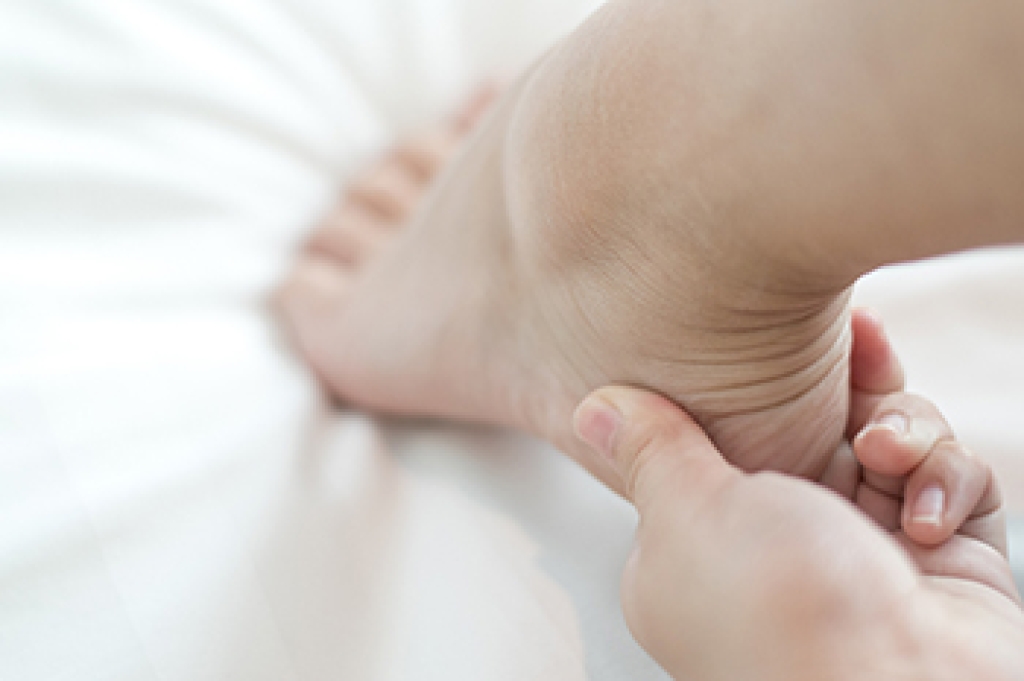
The medical term for the foot condition known as Sever’s disease is called calcaneal apophysitis. It is an ailment that affects the heel of young teenagers who frequently participate in running and jumping activities. It happens as a result of repeated trauma inflicted on the heel’s growth plate which is part of an underdeveloped heel. Common symptoms may include limping, swelling, and the pain may worsen when the heel is squeezed. It is beneficial to wear shoes that have adequate cushioning in the heel and arch area, and it can help to maintain a healthy weight. This is often advised so the heel can be protected from additional pressure. There are specific stretches that can be performed that may help to strengthen the Achilles tendon, which is connected to the heel. If your child is afflicted with Sever’s disease, please confer with a chiropodist sooner than later so the correct treatment can begin.
Sever’s disease typically affects young children and teenagers. If your child complains of foot pain, please consult with one of our chiropodists from West Toronto Foot & Ankle Clinic Inc. . Our chiropodist will assess your condition and provide you with quality foot and ankle treatment.
What Is Sever’s Disease?
Sever’s disease, also known as calcaneal apophysitis, is an inflammation of the growth plate in the heel bone. It is typically caused by overuse due to repetitive activities such as running, jumping, and playing certain sports. This condition most frequently affects children between the ages of 8 and 14.
Symptoms
Symptoms of Sever’s disease include:
- Pain in the back or bottom of the heel
- Pain when the sides of the heel are squeezed
- Limping or walking on tiptoes to avoid putting pressure on the heel
- Difficulty running, jumping, or participating in usual activities
- Fatigue
Diagnosis
Sever’s disease is diagnosed by taking a thorough medical history and performing a physical examination. Imaging studies, such as an X-ray, can help rule out other injuries like a fracture.
Treatment
Sever’s disease typically heals without any long-term complications. Treatment involves resting the affected foot by reducing typical activities, wearing orthotics to support the foot, immobilizing the affected foot, taking medications to reduce pain and inflammation, and stretching the foot.
If you have any questions please feel free to contact our office located in Toronto, ON .
